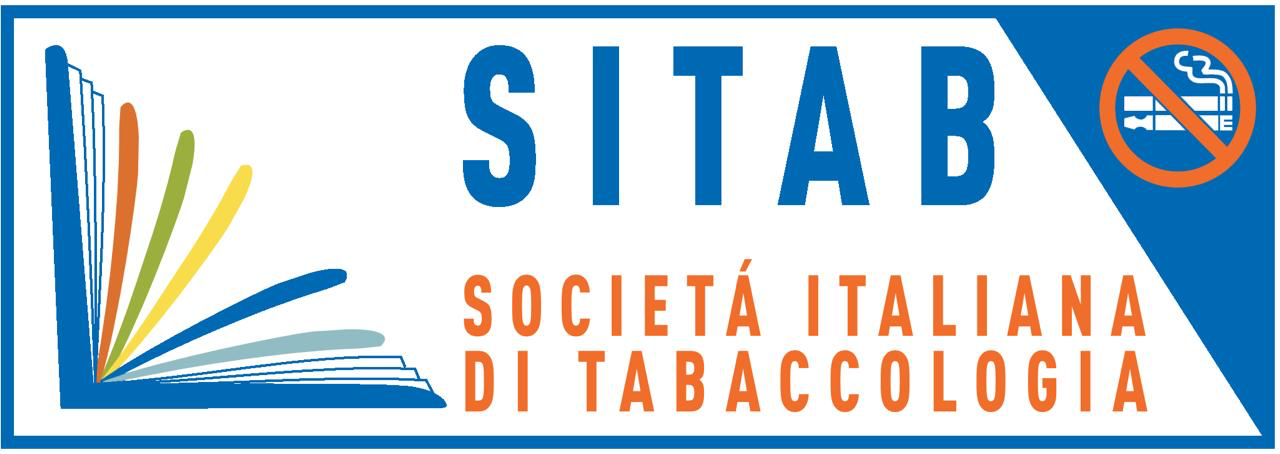Prevention and control of tobacco use: perspectives and critical issues
Article
The most recent epidemiological situation, which after years of stability shows an increase of smokers and, in general, tobacco and nicotine products consumers, makes the picture of prospects and critical issues particularly complex. If on one hand there are elements that highlight the political will to continue investing in tobacco control, on the other hand there are numerous obstacles that hinder the achievement of the desired results and that distance the target set by the World Health Organization (WHO) for the reduction relative to 30% of smoking by 2025, compared to 2010.
A positive aspects has been the definition of the Regional Prevention Plans aimed to implement the National Prevention Plan - NPP 2020-2025 (adpoted with State-Regions Agreement on 6 August 2020) which, in the context of Macro-objective 1 “Chronic diseases” (Figure 1), aims to “Promote the conscious adoption of a healthy and active lifestyle along the life course and in life and work settings, integrating individual change and social transformation”. The NPP promotes health promotion programs transversal to the main risk factors, shared between health and social services, educational institutions and employers.
All the Italian Regions have planned interventions also with the objective to implement the Essential Level of Assistance of Annex 1 “Collective prevention and public health, letter F4 Prevention and fight against smoking”. The tobacco prevention and control actions have been envisaged in the context of the so-called “Predefined Programs” (Health promoting Schools, health promoting Workplaces, Environment, Climate and Health), binding and common to all Regions, as well as in some “Free Programs” on the “First 1,000 days” and for the early identification of people with risk factors for non communicable diseases. Another element of hope is the presentation by the European Commission, on February 3, 2021, of the “Europe’s Beating Cancer Plan” (Figure 2), which defines a new European Union (EU) approach to prevention and treatment of cancer and to quality of life for patients and survivors.
This confirms the need to continue investing in our national strategy for tobacco control (protect non-consumers from emissions, prevent initiation, support cessation), but above all in advocacy by the health sector towards other administrations, as well as to mantein a constant relationship with the EU and the WHO. Other positive elements are the launch of the new European Joint Action on tobacco control which, on the basis of the previous one, will provide support to Member States for the implementation of the measures provided by the TPD, as well as the omnibus decision adopted during the last Conference of the Parties (CoP9) of the WHO Framework Convention for Tobacco Control- FCTC (held by videoconference from Geneva in November 2021) that maintained active the working groups on the topics postponed to CoP10. Italy distinguished itself for a donation in support of studies on new tobacco products.
However, there are still numerous critical issues, in particular for the strategies of tobacco industries multinationals which, in the face of any incontrovertible scientific and epidemiological data, continue to adopt aggressive marketing strategies. An example is the disclosure of the “harm reduction theory” that proposes and promotes the use of new tobacco products “for a smoke-free world”, despite the repeated declaration of health institutions that it is a market strategy and absolutely not a public healthstrategy, in absence of independent scientific evidence. And unfortunately the theories of the industry are breaking through not only among consumers but also among healthcare professionals. On the basis of this deceptive theories, the industry, also with the favor of ad hoc regulations, has put on the market new tobacco or nicotine-based products that escape the regulations envisaged for tobacco products and that the health authorities are unable to withdraw from the market, despite demonstrated evidence of harmfulness.
The main challenges for the near future therefore still concern the need to intervene on current legislation, through the updating of Law No. 3 of 2003, “Sirchia Law” to introduce the extension of bans to other outdoor places, to heated tobacco products and electronic cigarettes, and to eliminate the smoking rooms; it is also necessary to update the law on advertising, promotion and sponsorship of tobacco and nicotine products end extend the provisions of the law to heated tobacco products and electronic cigarettes, as well as to the devices necessary for their use.
A more focused approach to tobacco control by the Ministry of Economy and Finance would also be desirable, for example in addressing the issue of adjusting tax and price measures, as a tool for reducing demand, as well as by the health sector, starting with general practitioners (GPs), in order to make a greater commitment to cessation. The NPP recalls that GPs have a central role in increasing the empowerment of citizens and it is therefore necessary that these figures are actively involved in the context of local health promotion activities. However, it is important that all professionals involved, through adequate training activities, acquire transversal skills, such as basic counseling skills, to implement effective interventions aimed at promoting the conscious adoption of healthy behaviors, at informing and motivating behavioral changes and, where appropriate, prescribing specific therapies.
Figures and tables
Figura 1.Piano Nazionale della Prevenzione (PNP) 2020-2025.
Figura 2.Europe's Beating Cancer Plan.
Affiliazioni
Licenza

Questo lavoro è fornito con la licenza Creative Commons Attribuzione - Non commerciale - Non opere derivate 4.0 Internazionale.
Copyright
© Sintex Servizi S.r.l. , 2022
- Abstract visualizzazioni - 206 volte
- PDF downloaded - 71 volte
